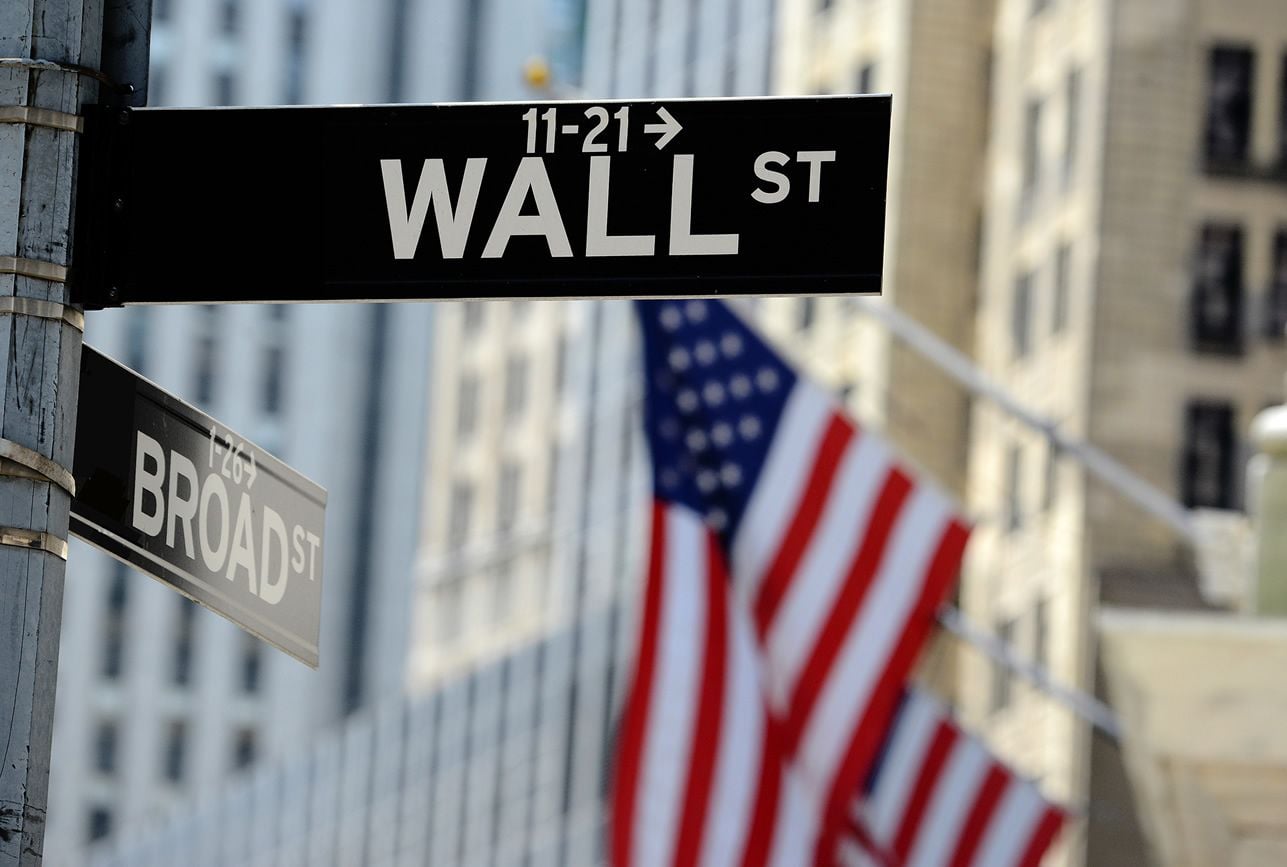We Have Tools for Fixing Things Once They're Broken Says Fed's Waller
- Written by: James Skinner
-
"We will get September payroll employment data tomorrow [today/Friday], and CPI and PCE inflation reports later this month. I don't think that this extent of data is likely to be sufficient to significantly alter my view of the economy, and I expect most policymakers will feel the same way" - Fed Board Governor Christopher Waller.

The Federal Reserve (Fed) has an expanded array of tools with which it could fix fractures in the financial system should its interest rate policy lead things to break and the mere existence of some of those tools has likely already acted as a stabilising force, according to Governor Christopher Waller.
There is a widely held assumption around the financial markets that the Federal Reserve is likely to continue raising its interest rate and to go on cancelling the money 'printed' as part of its various quantitative easing programmes until it "breaks something" like a part of the financial system.
The assumption often flowing from that idea is that any such breakage would force the Fed to reverse increases in its interest rate and other policy steps.
"I've read some speculation recently that financial stability concerns could possibly lead the FOMC to slow rate increases or halt them earlier than expected. Let me be clear that this is not something I'm considering or believe to be a very likely development," Christopher Waller said on Thursday.
"Actions by banks and financial regulators in recent years have greatly strengthened the financial system. Banks are well capitalized. Functioning in the Treasury, equity, and commodity markets remains orderly," he said while speaking about the economic outlook and U.S. housing market at a University of Kentucky workshop on Thursday.
While Thursday's references to reforms that followed the 2008 financial crisis were to be expected, the governor also cited much more recent innovations from the Fed for thinking the risks of that kind of event being repeated are small and that any disruptions would be addressable.
To the extent that they're effective, these innovations would all but rule out an abandonment of the interest rate policy in place or other such steps.
"One factor that is likely helping to stabilize the financial system is the existence of monetary policy tools which could serve as a backup source of liquidity in times of financial stress. For example, swap lines that the Fed maintains with other central banks have been used effectively in the past to relieve stress in the financial system, and I think the availability of these facilities tend to be a stabilizing force at other times," Waller said.
"In addition, to help implement monetary policy, the Fed established new standing repurchase agreement (repo) facilities in July 2021 [things that can temporarily reverse the reversal of the QE], one for domestic counterparties and another for foreign and international monetary authorities. These facilities are capable of responding to strains that may put upward pressure on money market rates, but I think it is likely that their mere existence has been a stabilizing force," he added.
The perceived risks of an accident in the financial system are often cited for what is widely described by analysts and others as the "Fed pivot trade," which tends to see U.S. bond yields falling alongside U.S. Dollar exchange rates while the recently-cratering stock markets rise.
These perceived risks have only become more widely stated, if not simply regurgitated, since the early weeks of September when one of the most important measures of U.S. inflation climbed to an extent and in a way that had significant implications for the Fed's interest rate policy.
"Since I last spoke about the economic outlook on September 9, we have received two important pieces of data on inflation for August, consumer price index (CPI) and the price index for personal consumption expenditures (PCE). Both reports confirmed that overall inflation remained much too high in August," Waller said on Thursday.
"Core PCE inflation, which strips out the volatile categories of food and energy, moved up to 0.6 percent for the month, which implies an annualized rate of inflation of about 7 percent in core goods and services. Furthermore, core PCE inflation is not only high, but very persistent, with monthly prints of core PCE inflation at an annualized rate averaging about 5 percent this year. These numbers indicate that inflation is far from the FOMC's goal and not likely to fall quickly. This is not the inflation outcome I am looking for," he added.
The latest inflation figures came before the Federal Open Market Committee (FOMC) of rate-setters voted in September to lift interest rates by three quarters of a percent to 3.25% while warning with updated forecasts that borrowing costs could rise an additional 1.25% by year-end.
September's forecasts and subsequent signs of a slowdown in the economy have only encouraged the "pivot trade" but Thursday's remarks from Governor Waller, one of seven on the board of governors and a permanent voting member of the FOMC, suggest that he at least is not for pivoting.
"We will get September payroll employment data tomorrow [today/Friday], and CPI and PCE inflation reports later this month. I don't think that this extent of data is likely to be sufficient to significantly alter my view of the economy, and I expect most policymakers will feel the same way," he said.
"Expectations are for job gains of around 260,000, which would be lower than recent months but very healthy relative to past experience. A jobs number in this range along with the job openings rate reported on Tuesday would show that the labor market is slowing a bit but is still quite tight. As a result, I don't expect tomorrow's jobs report to alter my view that we should be focused 100 percent on reducing inflation," he added, further discouraging the pivot traders.
